In the last two days, we’ve seen two excellent Spanish films, each of which was a big winner at the Goya Awards, which is the Spanish equivalent of the Oscars.
Both movies tell stories based on “actual events” as we like to say in the States. And both illuminate certain periods in modern Spanish history.
The first we saw was “La Infiltrada,” a thriller about a young, female officer in the Guardia Civil that went undercover for seven years to help break up the militantly violent wing of the Basque separatist organization, ETA.
It is very well done and without the excessive, graphic and often cartoonish violence one would expect from a Hollywood action thriller. Instead, it explored the psychological toll of living that kind of life removed from the ones you love and the people you are trying to protect while associating with thuggish ideologues. I highly recommend you see it, if you can find it on Netflix or wherever. If you don’t speak Spanish, ideally it will have been subtitled beyond the Euskadi translations, which were done for the broader Spanish market where Castellano is the dominant, national language. Spain still has distinct cultures that include multiple languages and dialects.

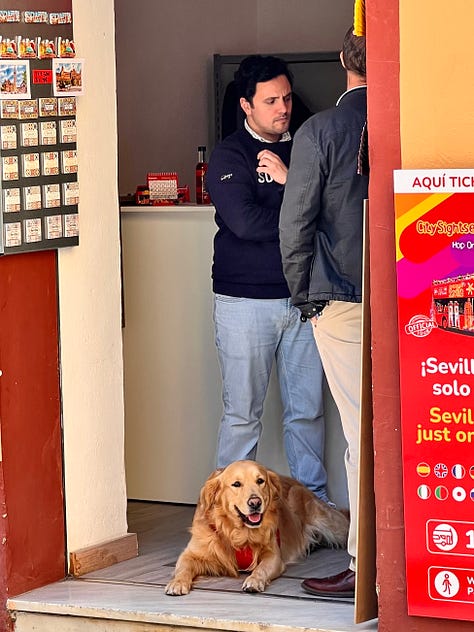

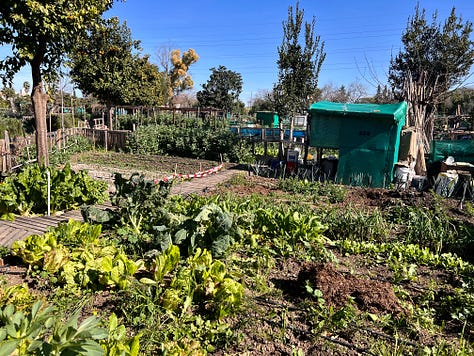
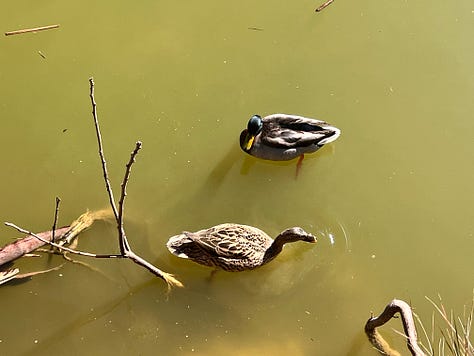
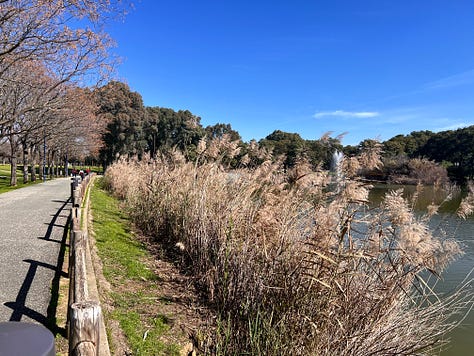

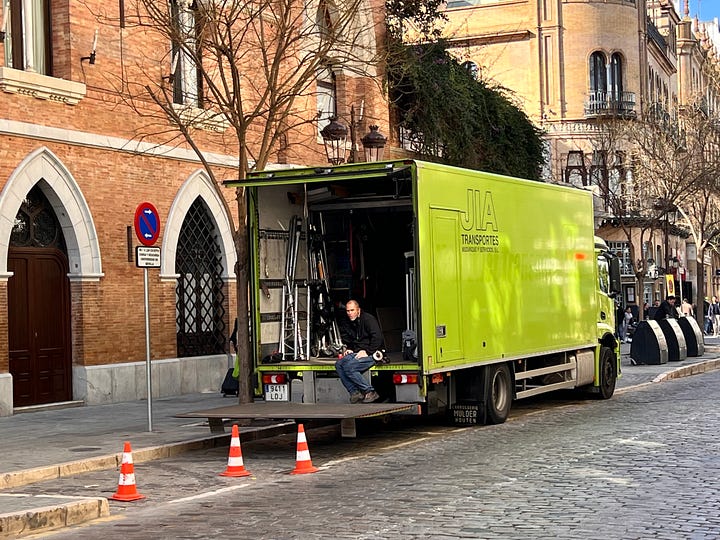
The second film we saw, last night, was called “El 47,” and it tells the story of Spanish Civil War survivors from the regions of Extremadura and Andalucia that were forced from their lands and sought refuge and work in Catalonia on the fringes of Barcelona. Catalan is among Spain’s distinct languages and cultures.
The film coves a span of 40 years or so and centers on the actions of a man named Manolo Vital, who became the defacto mayor of a favela-like neighborhood built by the migrants on a hill overlooking Barcelona. They had to scrounge to survive and maintain their families and the film vividly depicts them building their homes communally and quickly to make shelter despite oppressive police impediments.
It jumps forward from the 1950s to 1978, which is the year Spain became a full-fledged democracry based on its own democratically written and adopted constitution.
Manolo by then was a bus driver for the Barcelona transit authority. The movie tells the story of his successful push to have city services extended to the neighborhood the migrants had built by hand. Very much a feel-good movie but also a serious reminder of how much Spain has changed from the beaten-down days of the Franco regime.
We liked the movie so much that this morning we woke and decided to ride the No. 15 bus to a large park near the end of the bus line that is in a neighborhood of Sevilla I hadn’t been to in a very long time…probably since around 1974. I wouldn’t have recognized it and it made me wonder if I was confusing it with other neighborhoods in the general direction of the city’s airport.
It is now a fully developed neighborhood with massive apartment complexes known here as “barriadas.” The park, is nearly surrounded by barriadas, which are dense in housing but sparse in retail compared to the neighborhoods of the city’s center and even compared to many of its suburbs with their subdivisions spreading like tentacles from the cores of old villages, many of which have retained some vestiges of their original architecture and character. The barriadas are distintly and exclusively modern from the ground up.
We rode the bus out, spent some time exploring the park and the lovely garden plots tended by people that are lucky enough to get one of the limited allotments handed out each year.
Then we came back to our neighborhood in the Casco Antiguo district and had beer and tapas at a delightful bar on a corner of Calle Feria just down from the weekly Thursday flea market known as El Jueves. The market is an old tradition in Sevilla that brings out dozens of vendors of second-hand items set up on tables and sometimes beneath portable awnings. It attracts hundreds, if not thousands, of shoppers each week.
We had our beer and tapas sitting at an outdoor table to better enjoy the sunshine. Just across from us was a tiny shop where a golden retriever was parked in the doorway getting many, many pats on the head and “mimitos” from passersby. The dog’s name is Byron, the owner told us, “like the English poet.”
Byron, the poet, visited Sevilla in the course of his short life and left some letters describing it as “a fine place.”
The photo gallery I’ve posted is to give you an idea of what the first half of our day was like. For the evening we had planned to see a jazz quartet at Espacio Turina, which is just down the street and a place we’ve taken to going to once or twice a week to catch whatever looks interesting for live music. But turned out we had run out of steam by then so stayed in the apartment since we already had tickets purchased for Friday’s classical string quartet.
There is something scheduled nearly every night of the week at Espacio Turina and each show is very reasonabl priced. The space and bookings are thanks to the city government’s institute of arts & culture and showcases mostly local talent but sometimes pulls in artists of national and international reputation.
I nearly forgot to explain the photo of the green truck.
Just down the street from us they have been filming all week an episode of an American TV show called “The Walking Dead,” or some spin-off. The week prior we passed by the location, part of the Sevilla University campus of fine arts, and there was a huge crowd of excited young people thronging the sidewalk.
They told us they were waiting to see a star from the show that was inside as part of location scouting. I forget the guy’s name but I think it was Duane Dixon or something like that. Of course, Aurora and I had never heard of him though we had heard of “The Walking Dead.”
This week, equipment trucks like the green one pictured, have been parked out front nearly every morning. Most of the stuff I’ve seen while walking by looks like lighting equipment. Never a dull moment in Sevilla, which is a place apparently well known to location scouts.
Many scenes for Lawrence of Arabia were filmed here, for example. But I think the list is quite long of notable films or TV shows that have included sequences with Sevilla locations. Game of Thrones TV show did some shooting here, too. Easy to see why. The place is fabulously photogenic. Also last week another crew was shooting some documentary about Franz Liszt in the plaza in front of the apartment. Or so we were told by the young man that tried to shoo us out of camera view.



Thank you for this Mike. One thing I've learned about substack posting these longer articles: you really need to let it sit for a couple of hours and then put your proofreading cap on. I can proofread something 5 times, then post it and see two more errors. Then come back a month later and see a couple more. This format doesn't have copy editors.......
I thought El 47 would be about our current troubles in the states.